Regional Centres of Europe
The cities detailed here are not part of any offical listing, nor do they represent the only recommended destinations in Europe to visit. Not all are capital cities, nor are all of the Europe’s capital cities listed here. Those included have been selected – based on our team’s personal experiences – as ideal localities to use as a base to explore the surrounding countryside. They are particularly suitable if your mode of travel is rail and for this reason we have included rail travel times to help you plan your itinerary.
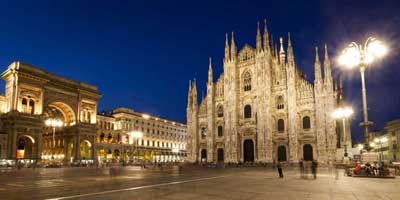 Milan, Italy
Milan, Italy
Milan, a metropolis in Italy’s northern Lombardy region, is a global capital of fashion and design. Home to the national stock exchange, it’s a financial hub also known for its high-end restaurants and shops. The Santa Maria delle Grazie convent, housing Leonardo da Vinci’s mural ‘The Last Supper,’ testifies to centuries of art and culture.
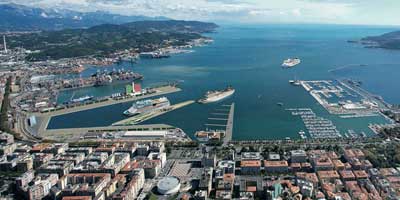 La Spezia, Italy
La Spezia, Italy
La Spezia, at the head of the Gulf of La Spezia, is the second city in the Liguria region, preceded just by Genoa. Though built on the coast, the narrow strip of land at ocean level has never been wide enough to contain the town, and many of its streets climb the hillside behind the town centre. These winding streets follow the contours of the landscape.
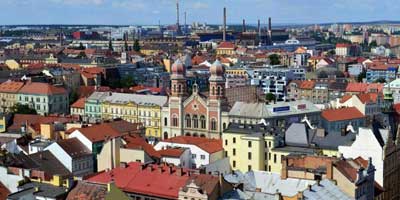 Pilsen, Czech Republic
Pilsen, Czech Republic
Pilsen, in Bohemia in the Czech Republic, is the home and birthplace of the Pilsener (or pilsner) beer variety which is derived from the city’s name. It is the 4th largest city in the country and the largest city in West Bohemia, being a convenient base for exploring this region of the Czech Republic. Pilsen beer was invented here. Pilsner Urquell is the famous beer brand of Pilsen.
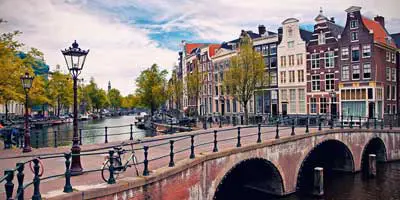 Amsterdam, The Netherlands
Amsterdam, The Netherlands
Amsterdam is one of the greatest small cities in the world. From Amsterdam canals to world-famous Amsterdam museums and historical Amsterdam sights, it is one of the most romantic and beautiful cities in Europe. Canal cruises are a popular way to see the city from the perspective of its canals.
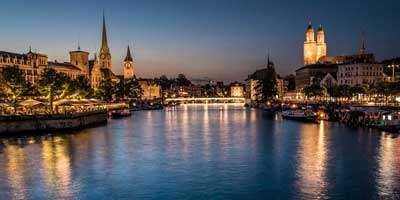 Zurich, Switzerland
Zurich, Switzerland
Zurich is the largest city in Switzerland and a global centre for banking and finance. Zurich lies at the north end of Lake Zurich in northern Switzerland. The picturesque lanes of the central Altstadt (Old Town), on either side of the Limmat River, reflect its pre-medieval history. Waterfront promenades like the Limmatquai follow the river.
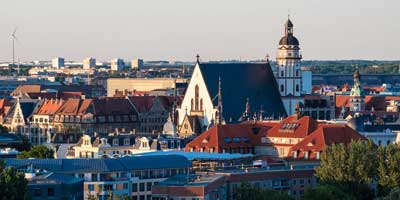 Leipzig, Germany
Leipzig, Germany
Leipzig is the largest city in the German federal state of Saxony, with a population of approximately 560.000. It is the industrial centre of the region and a major cultural center, offering interesting sights, shopping possibilities and lively nightlife.
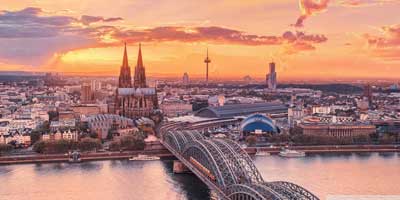 Cologne, Germany
Cologne, Germany
Cologne, a 2,000-year-old city spanning the Rhine River in western Germany, is the region’s cultural hub. A landmark of High Gothic architecture set amid reconstructed old town, the twin-spired Cologne Cathedral is also known for its gilded medieval reliquary and sweeping river views.
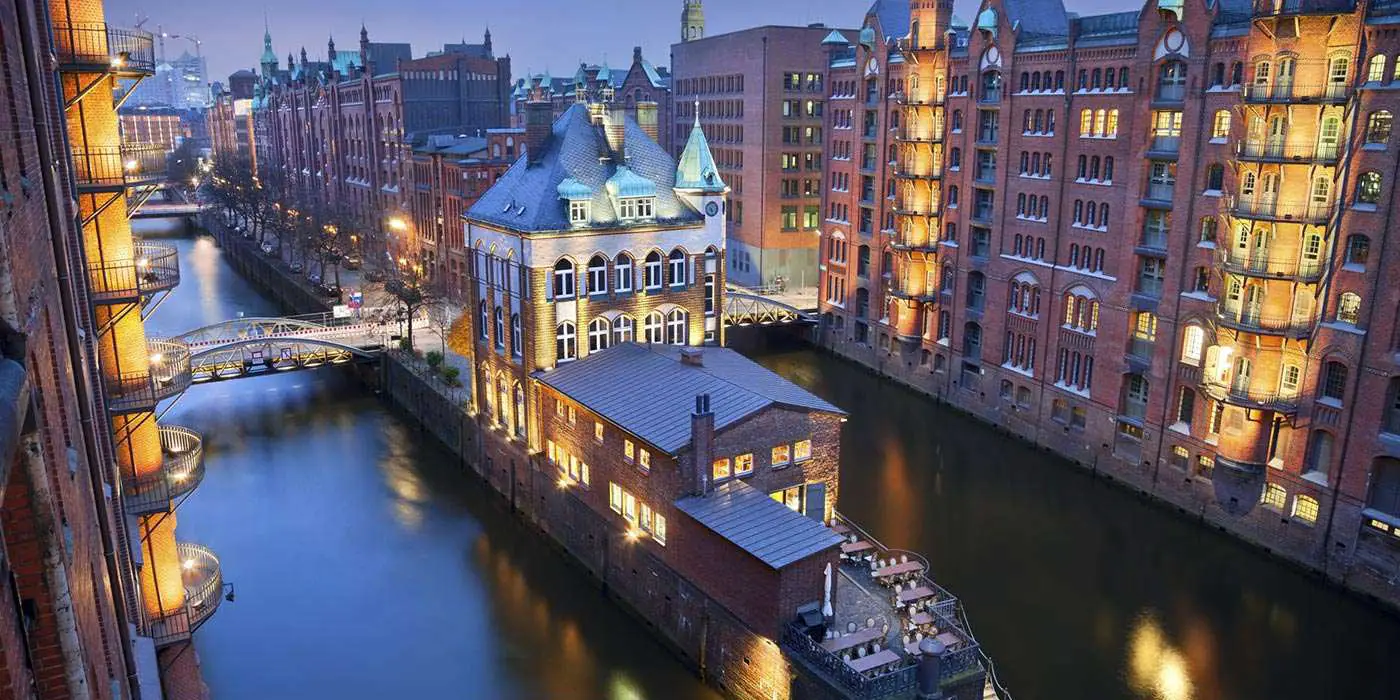 Hamburg, Germany
Hamburg, Germany
Hamburg, a major port city in northern Germany, is connected to the North Sea by the Elbe River. It’s crossed by hundreds of canals, and also contains large areas of parkland. Near its core, Inner Alster lake is dotted with boats and surrounded by cafes. The city’s central Jungfernstieg boulevard connects the Neustadt (new town) with the Altstadt (old town), home to the city’s iconic landmarks.
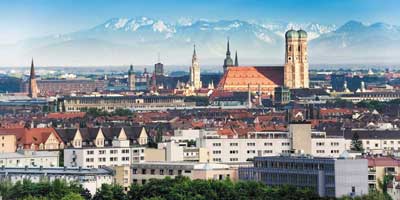 Munich, Germany
Munich, Germany
Munich, Bavaria’s capital, is home to centuries-old buildings and numerous museums. The city is known for its annual Oktoberfest celebration and its beer halls, including the famed Hofbrauhaus, founded in 1589. In the Altstadt (Old Town), central Marienplatz square contains landmarks such as Neo-Gothic Neues Rathaus (town hall).
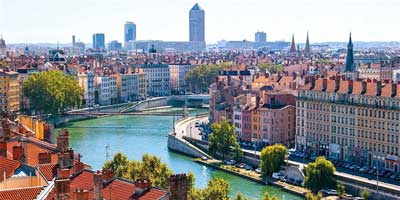 Lyon, France
Lyon, France
Lyon, a city in France’s historical Rhône-Alpes region, sits at the junction of the Rhône and Saône rivers. Its center reflects 2,000 years of history, with the Roman Amphithéâtre des Trois Gaules, medieval and Renaissance architecture in Vieux Lyon (Old Lyon), and the modern Confluence district on the Presqu’île peninsula.
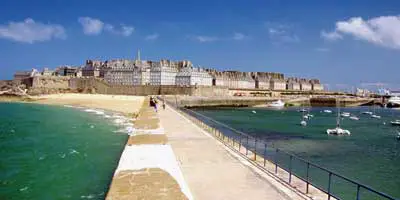 St Malo, France
St Malo, France
Saint-Malo is a coastal city in Brittany, in France’s northwest. Tall granite walls surround the old town, which was once a stronghold for privateers (pirates approved by the king). Having withstood maritime invasion from countless forces, this resilient harbour city holds a picturesque beauty that many argue makes it France’s most beautiful Channel Port.
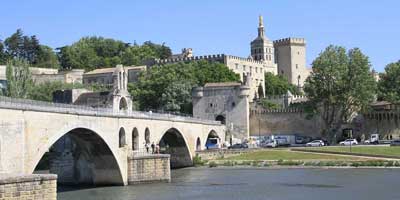 Avignon, France
Avignon, France
Avignon, a city in southeastern France’s Provence region, is set on the Rhone River. From 1309 to 1377, it was the seat of the Catholic popes. It remained under papal rule until becoming part of France in 1791. This legacy can be seen in the massive Palais des Papes (Popes’ Palace) in the city center, which is surrounded by medieval stone ramparts.
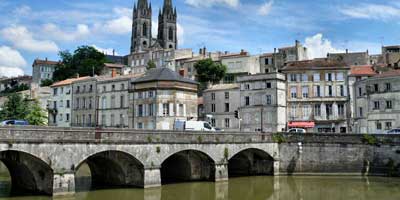 Niort, France
Niort, France
Niort is a large town situated on the Sèvre river about half way between Poitiers and La Rochelle in the Poitou-Charentes region of western France. Niort has an interesting historical centre, with houses and other buildings dating from the medieval and renaissance era and also several monuments of interest to discover, as well as a substantial amount of more recent development.
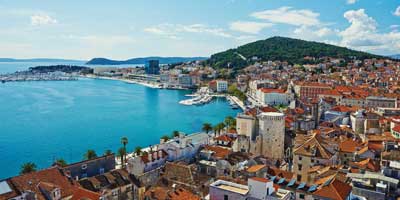 Split, Croatia
Split, Croatia
Split is the second-largest city of Croatia and the largest city of the region of Dalmatia. It lies on the eastern shore of the Adriatic Sea. Spread over a central peninsula and its surroundings, Split is known for its beaches and the 4th Century Roman-built Diocletian’s Palace. The city is an intra-regional transport hub and popular tourist destination.
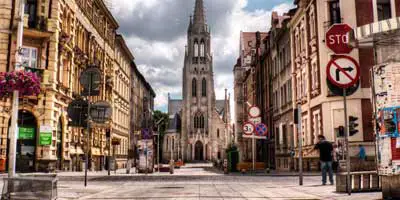 Katowice, Poland
Katowice, Poland
Located on the banks of the river Rawa, Katowice’s historical importance as Poland’s main industrial centre has been indisputable for decades. Once synonymous as a crushingly gray industrial city, contemporary Katowice become a vibrant cultural and business centre, with the Silesian Philharmonic and Silesian Museum calling the city home.
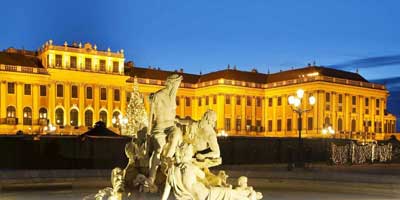 Vienna, Austria
Vienna, Austria
Vienna, Austria’s capital, lies in the country’s east on the Danube River. Its artistic and intellectual legacy was shaped by residents including Mozart, Beethoven and Sigmund Freud. The city is also known for its Imperial palaces. Since the fall of the Iron Curtain in 1989, Vienna has expanded its position as gateway to Eastern Europe
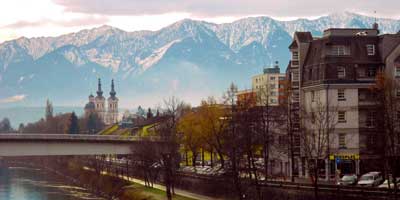 Villach, Austria
Villach, Austria
Villach is the second-largest city of Carinthia. It is a railway gateway to most parts of Austria as well as the Italian border. In Austria Villach is well-known for its carnival which is broadcast on public television throughout Austria. Villach is quite an old city with roots back in Roman times. The city was heavily bombed in World War II.
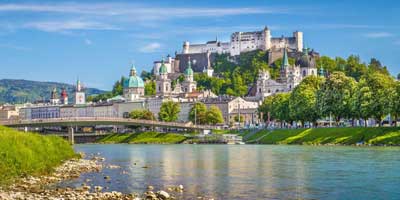 Salzburg, Austria
Salzburg, Austria
Salzburg is the fourth-largest city in Austria and the capital of the federal state of Salzburg. Its internationally renowned Altstadt, or “old town”, which has one of the best-preserved city centres north of the Alps. Salzburg was the birthplace of 18th-century composer Wolfgang Amadeus Mozart.
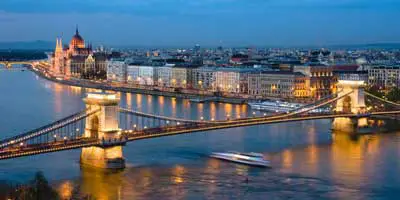 Budapest, Hungary
Budapest, Hungary
Budapest, Hungary’s capital, is bisected by the River Danube. Often described as the “Little Paris of Middle Europe”, Budapest is famous not only for the monuments reflecting its own 1,000-year-old culture, but also for the relics of others who settled here. Remains from both Roman occupation and much later ruled by the Turks can still be seen in the city.
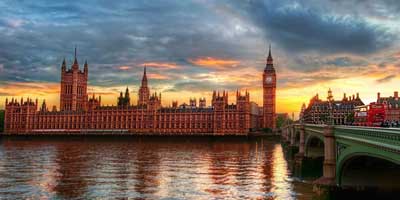 London, England
London, England
Villach is the second-largest city of Carinthia. It is a railway gateway to most parts of Austria as well as the Italian border. In Austria Villach is well-known for its carnival which is broadcast on public television throughout Austria. Villach is quite an old city with roots back in Roman times. The city was heavily bombed in World War II.
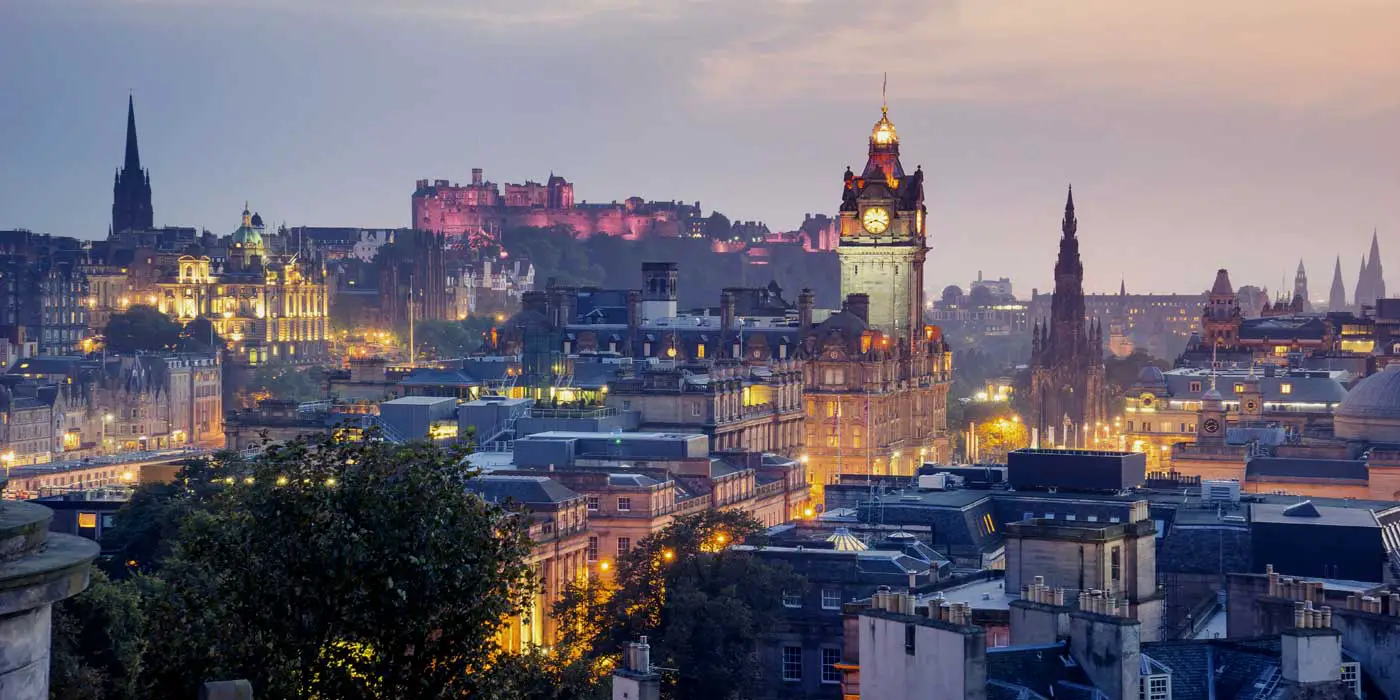 Edinburgh, Scotland
Edinburgh, Scotland
Edinburgh is one of the hilliest, chilliest and most incredible cities in Britain, and one that well deserves a visit. Although there are over 400 miles sat between Edinburgh and London, you would be very mistaken in thinking that this city is lacking in culture or charm – with a huge range of activities, shops and museums there is something for every visitor.
Design by W3layouts
